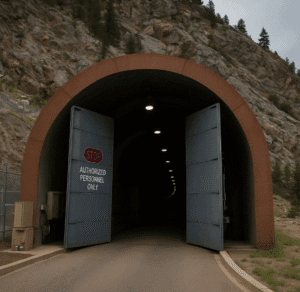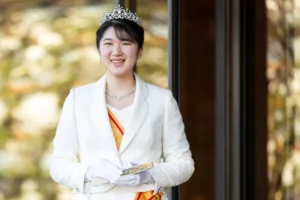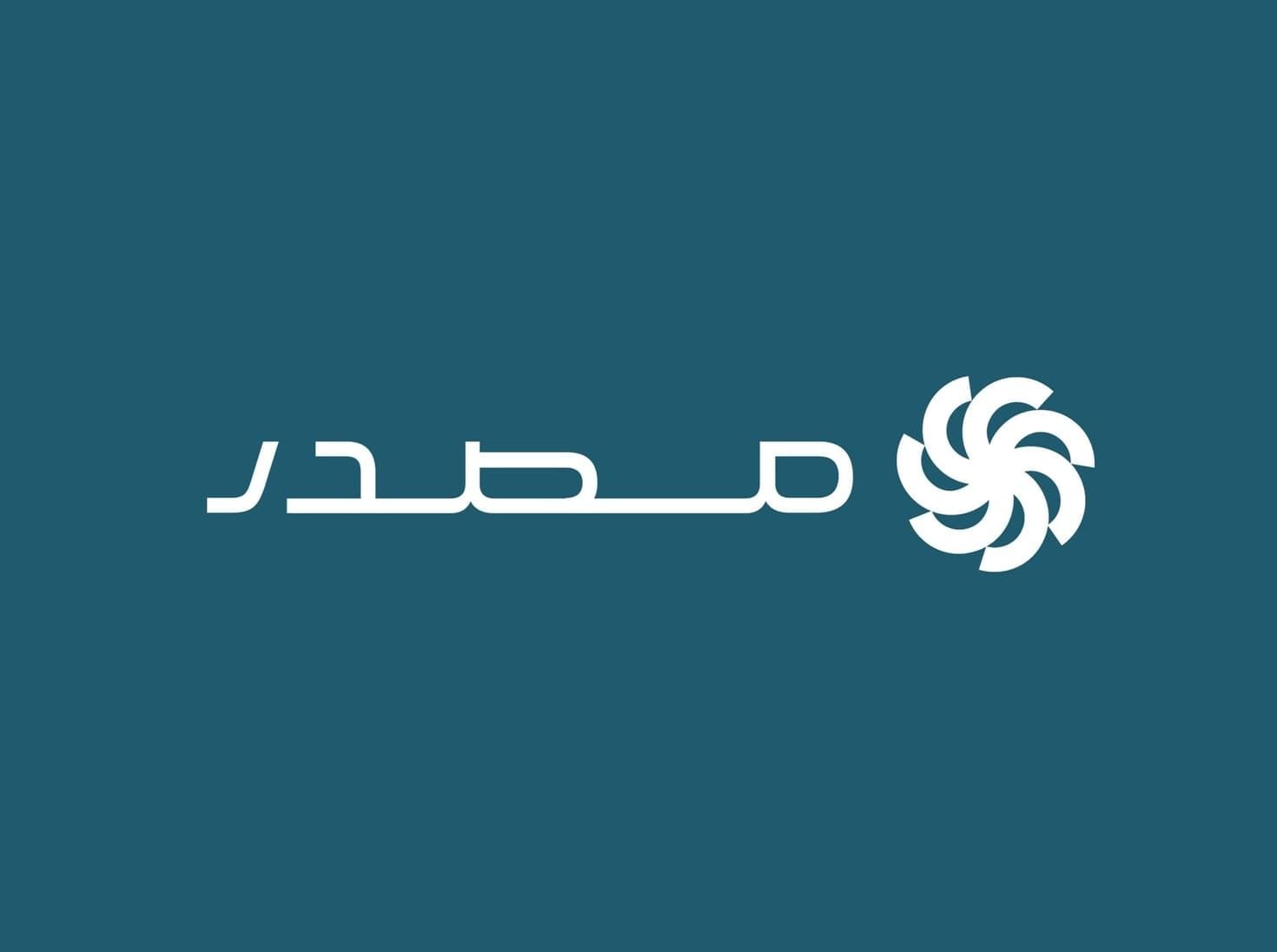Abu Dhabi, United Arab Emirates – The Seal Astronomical Observatory, located in the Abu Dhabi desert, succeeded in capturing a unique image of the “Lion” Nebula, known as “SH2-132”.
This is due to the shape of cosmic gas and dust that resembles a lion, after a photo session that lasted for 32 hours.
The Lion Nebula is located within the Cepheus Group, about 10,000 light-years away, and is about 270 light-years wide.
This means that the light captured in the image was emitted from the nebula around 8000 BC, and that light traveling at a speed of 300,000 kilometers per second would take 270 years to cut through the nebula from its edges.
The nebula appears in its distinctive colors as a result of the ionization of gas molecules by ultraviolet rays coming from surrounding stars, specifically from two high-mass stars, “HD 21156” and “HD 211853”, each of which has a mass about 20 times the mass of the Sun.
The colors of the image reflect the components of the nebula; red represents ionized hydrogen gas, and blue represents ionized oxygen gas.
A special filter has been used to block light pollution and highlight these components.

















